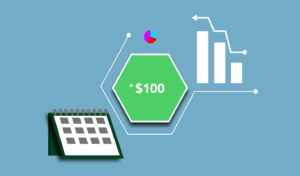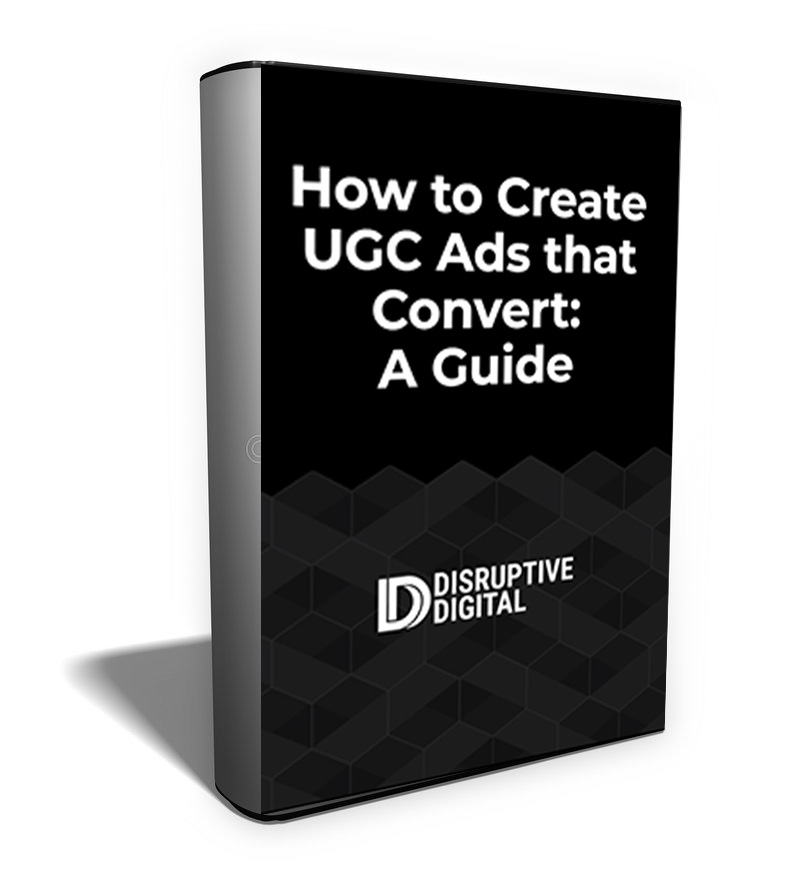The iOS 14.6 Impact on Facebook’s Dynamic Product Ads & Dynamic Ads for Broad Audiences
Facebook has two commonly-used types of dynamic ads: Dynamic Product Ads and Dynamic Ads for Broad Audiences.
Facebook’s Dynamic Ads allow you to create ads from your product catalog, automatically plugging a product’s image and information into an ad template. Different users will see different products based on their past in-app activity, off-platform activity, and their past interactions with your business.
The Dynamic Product Ads (DPA) utilize remarketing audiences to show relevant ads to people who have visited your site or your app, previously engaged with your ad, or interacted with your business in some way.
Dynamic Ads for Broad Audiences (DABA), on the other hand, you can show dynamic ads to users who align with your customer profile even if they’ve never visited your site or app.
Both use product catalogs, and both require the pixel to be installed. You can choose product categories within the catalog and choose what ad formats you want to use.
Facebook was extremely clear that Dynamic Product Ads would be impacted by iOS 14.6, which made sense given the heavy retargeting focus of the campaigns. They failed to warn advertisers about the impact on DABA, however.
How DPA Was Impacted
We knew early on that DPA would become a fast casualty, as Facebook’s remarketing pools were largely focused around content and page viewers. The ability to track off-Facebook, on-site activity like page views and adds to cart would be significantly reduced from Apple opt-outs.
There were no surprises there, though this was deeply disappointing since DPA had previously been such a valuable resource for brands with large product inventories who were letting Facebook’s algorithm do what it does best: Take charge and drive conversions.
How DABA Was Impacted
Facebook had initially recommended moving your campaigns more towards using dynamic ads with broad audiences, so at first it seemed like DABA would be just fine.
enough users and data to offset challenges and lack of data resulting from Apple’s update. We were wrong, however; these campaigns were impacted, too, as enormous numbers of Apple’s users downloaded the update and large portions of the data got knocked off kilter.
What This Means for Your Campaigns
We know from experience that things started shifting rapidly once the updates rolled out. Product catalog ads, to say the least, were no longer the powerhouse they once were.
When iOS 14.6 launched, our catalog ads started to shift ad spend from our clients’ best selling products to cheaper products almost overnight.
At the same time, we couldn’t see catalog breakdowns. This meant we couldn’t check to see if Facebook was actually driving sales to these products from the ads.
The backend data was showing that sales were tied to lower cost products, and we wanted to course-correct, showing customers more profitable SKus.
We ultimately removed lower price point items from the ad campaigns, focusing exclusively on our top-performing and high-value SKUs.
Performance did improve slightly, but it was still lower than expected… and significantly less than before. Product delivery still felt random as opposed to targeted, and that’s because it was.







